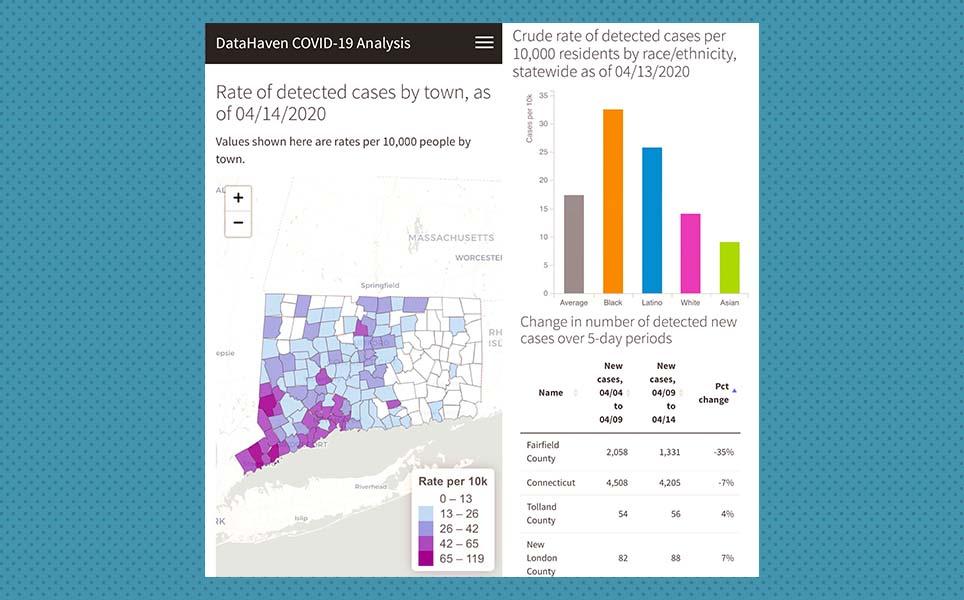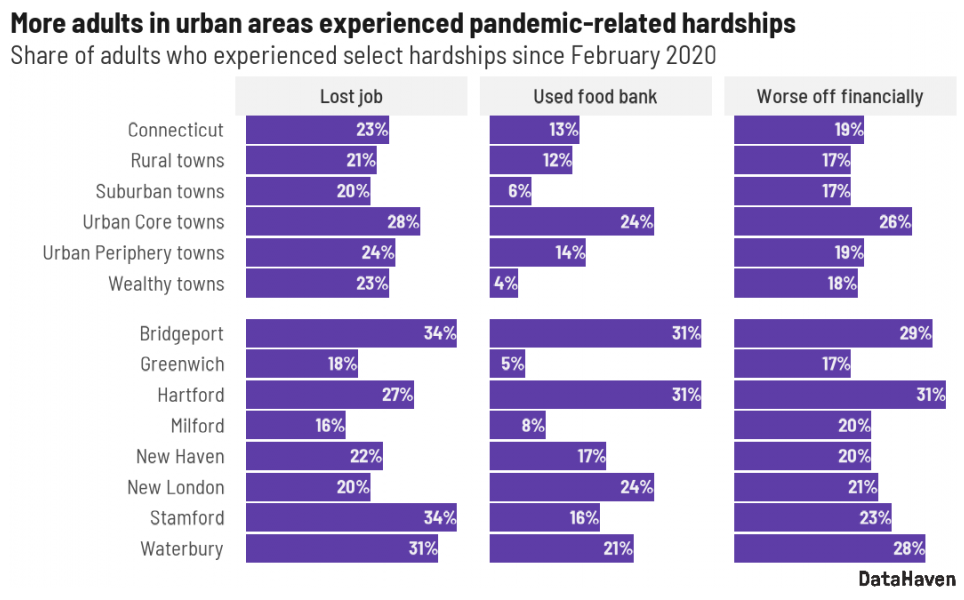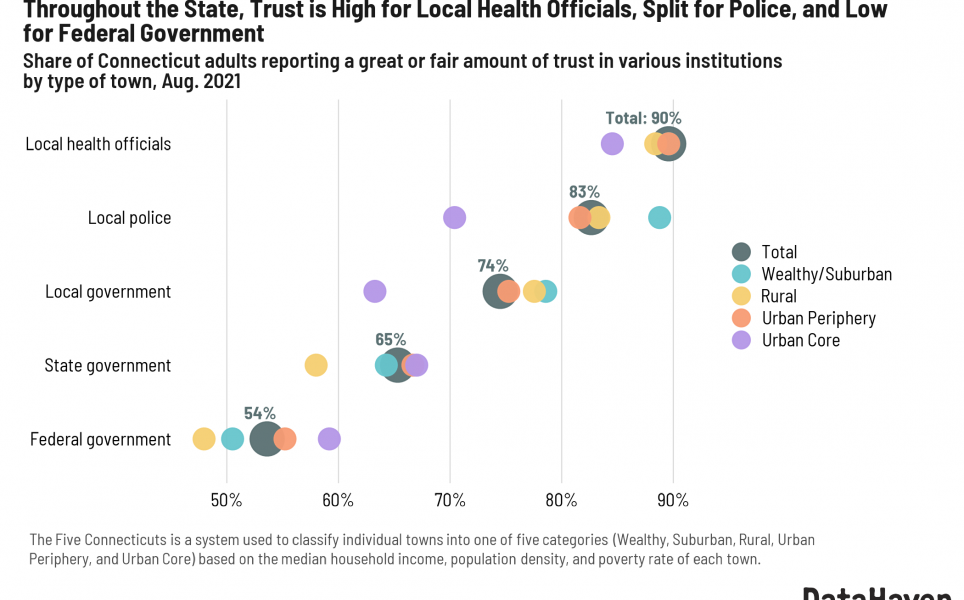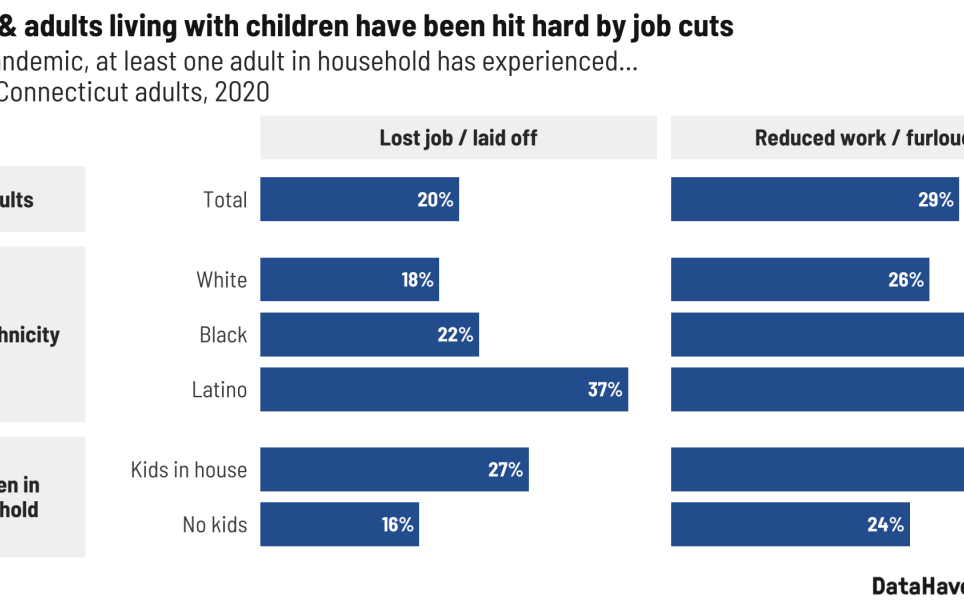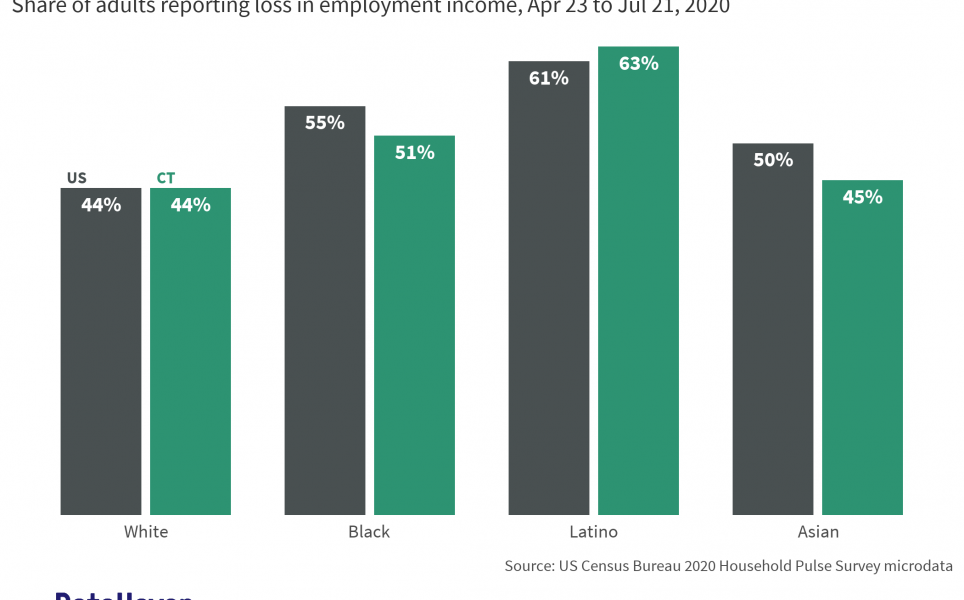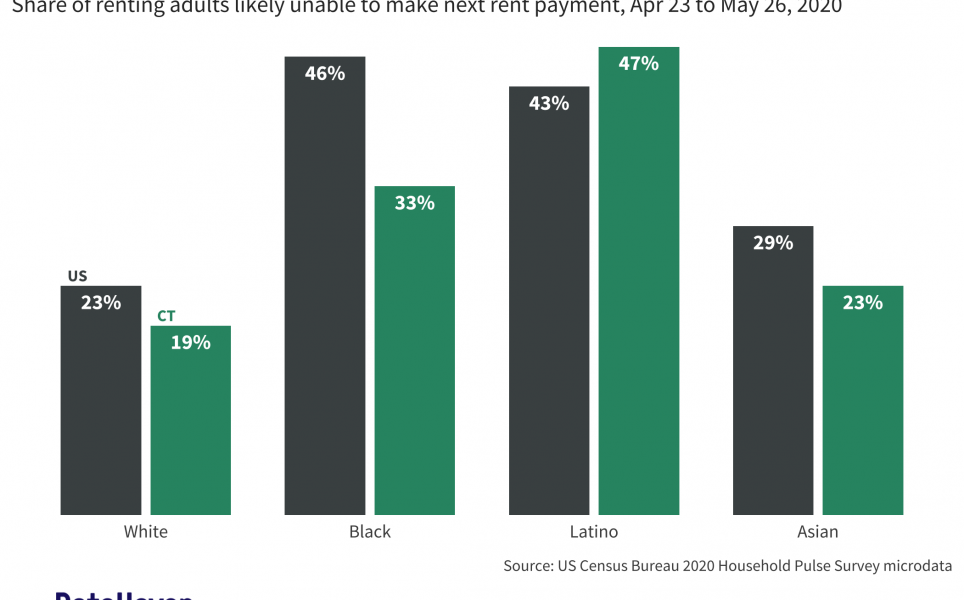Authored By
DataHaven and Purple States
Date
January 01, 2021
Partners
North Hartford Triple Aim Collaborative, United Way of Central and Northeastern Connecticut, New Haven Health Department, Valley Community Foundation, Naugatuck Valley Health District, and other local partners, including community residents
Videos and Films
You may watch and share our videos and films on our YouTube Channel (click here to access), as well as in many cases on DataHaven's Facebook, Twitter, Instagram, LinkedIn, TikTok, and other social media platforms.
Mini-documentaries and film clips
Three resident-driven documentary films focusing on Hartford, New Haven, and the Lower Naugatuck Valley area of Connecticut were produced by Purple States and DataHaven, and released in January 2021.
Short film clips and PSAs with thematic content are also available on our YouTube page. We encourage local agencies and non-profits to use these clips in combination with advocacy or education messages.
Hartford
New Haven
Lower Naugatuck Valley
Short Video Series: COVID-19 Reckonings
A four-part series, COVID-19 Reckonings, was produced by Purple States and DataHaven with residents of Connecticut communities hardest hit by the pandemic because of longstanding inequities. These videos may also be accessed and shared on our YouTube page.
Episode One: More Exposure. Produced by Purple States and DataHaven, with Aziya Ricard and Tyrone Jones, residents of New Haven. Released 6/25/2020.
You may also watch and share Episode One on Facebook, Twitter, and Instagram (click each for direct links to the post). The video was initially shared in a CT Mirror article with additional context.
Episode Two: Deadlier. Produced by Purple States and DataHaven, with Wanda Perez, Aziya Ricard, and Tyrone Jones, residents of New Haven. Released 7/3/2020.
You may also watch and share Episode Two in a CT Mirror article with additional context, or on our social media feeds. Please help us share.
Episode Three: Greater Harm During Shutdown. Produced by Purple States and DataHaven, with Turean Stovall, Wanda Perez, and Aziya Ricard, residents of Hartford and New Haven. Released 7/16/2020.
Watch and share Episode Three in a CT Mirror article with additional context, or on our social media feeds. Please help us share.
Episode Four: Tougher Choices. Produced by Purple States and DataHaven, with Turean Stovall, Tyrone Jones, and Aziya Ricard, residents of Hartford and New Haven. Released 7/30/2020.
Watch and share Episode Four in a CT Mirror article with additional context, or on our social media feeds. Please help us share.
Local Data Analysis
Please review the links at the bottom of this page, click here, or contact DataHaven for additional resources related to our analyses of data on life expectancy and related social and health inequities. We are using USALEEP data in statewide, regional, and town- and neighborhood-level projects with public and private partners throughout Connecticut, including our neighborhood profiles and the Community Wellbeing Index program, which covers all towns statewide.
Our new publication, Towards Health Equity in Connecticut: The Role of Social Inequality and the Impact of COVID-19, also serves as a resource in this work, using data to highlight social determinants of health that drive health disparities in Connecticut.
About the Project
Visualizing and Powering Healthy Lives is a $2 million grant initiative that supports 10 projects across the US, leveraging United States Small-Area Life Expectancy Estimates Project (USALEEP) data to explore how communities can address health disparities and ensure everyone has a fair and just opportunity for a long life.
As part of this initiative, DataHaven, in collaboration with Purple States as well as local partners throughout Connecticut, are using the USALEEP dataset to develop organizing, communications, and advocacy tools. The team is integrating community organizing with data analysis and resident-driven storytelling to advocate for investment in strategies that community knowledge and data suggest will reduce health inequities.
The project's goal is to produce distilled, graphically clear, action-oriented data analysis informed by community processes, as well as multiple short-form documentary videos that integrate personal stories to bring implications of small-area health data to life. This project gives residents a chance to further document and showcase the health inequities they experience by sharing their stories through video storytelling. By combining USALEEP data on life expectancy with administrative data, surveys, and residents' insights and stories, communities can identify and convey local variations in health-related factors and empower multisector interventions. This project's analysis will demonstrate to data-holders at the state and local levels the value of small-area data like USALEEP for local empowerment and strategic interventions—and how releasing additional datasets at the neighborhood level could greatly enhance the power of analyses.
This project is based upon work supported by the Urban Institute through funds provided by the Robert Wood Johnson Foundation. We thank them for their support but acknowledge that the findings and conclusions presented in this project are those of the producers and participants, and do not necessarily reflect the opinions of the Urban Institute or the Robert Wood Johnson Foundation.
About USALEEP Data
A joint effort of the Robert Wood Johnson Foundation, the National Association for Public Health Statistics and Information Systems, and the National Center for Health Statistics, USALEEP data measures life expectancy at birth for nearly every neighborhood in the US, the first public-health-outcome measure available nationwide at the census-tract level. These estimates of life expectancy were created through a rigorous methodology that involved geocoding death records of US residents and using census-tract-level population estimates from the American Community Survey.




